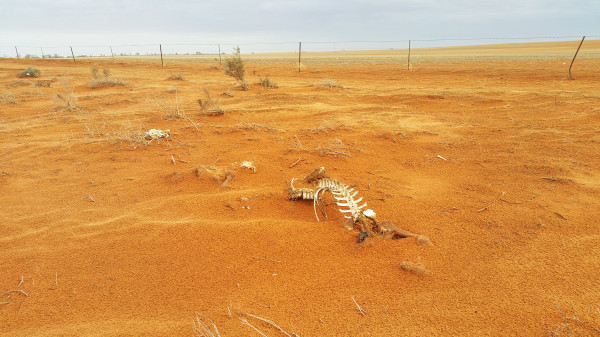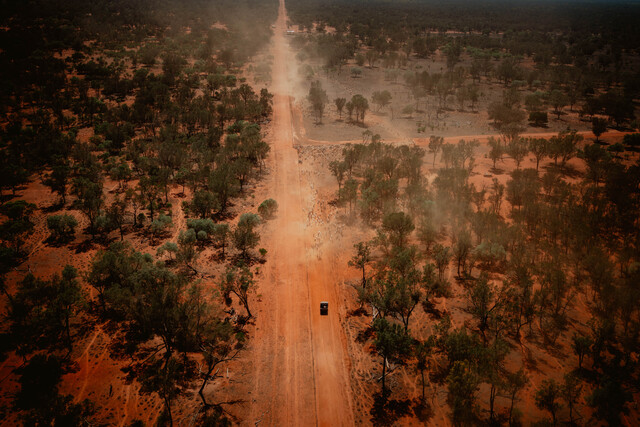HOTTER temperatures, less rainfall but more intense rainfall events are predicted to continue, according to a recent climate report.
The State of the Climate 2024 report, released by Australia’s national science agency CSIRO and the Bureau of Meteorology, has revealed detailed significant climate trends and what the country can expect in the future.
They’ve reported that there is to be more intense short-duration heavy rainfall events even in regions where the average rainfall decreases or stays the same as well as continued increase in the number of dangerous fire weather days and a longer fire season for much of southern and eastern Australia.
Temperatures will also continue to rise.
The Bureau of Meteorology and CSIRO play an important role in monitoring, analysing and communicating observed and future changes in Australia’s climate.
This eighth biennial State of the Climate report draws on the latest national and international climate research, encompassing observations, analyses and future projections to describe year-to-year variability and longer-term changes in Australia’s climate.
Dr Karl Braganza, climate services manager at the Bureau of Meteorology, said Australia is continuing to warm, with eight of the nine warmest years on record occurring since 2013.
“This warming has led to an increase in extreme fire weather, and longer fire seasons across large parts of the country,” Dr Braganza said.
The report describes the shift toward drier conditions between April to October across the southwest and southeast, and reduced rainfall in southwest Australia, now seems to be a permanent feature of the climate.
“The lower rainfall in the cooler months is leading to lower average streamflow in those regions, which can impact soil moisture and water storage levels and increase the risk of drought,” Dr Braganza said. “Droughts this century have been significantly hotter than those in the past.”
However, when heavy rainfall events occur, they are becoming more intense, with an increase of around 10 per cent or more in some regions.
“The largest increases are in the north of the country, with seven of the 10 wettest wet seasons since 1998 occurring in northern Australia,” he said.







